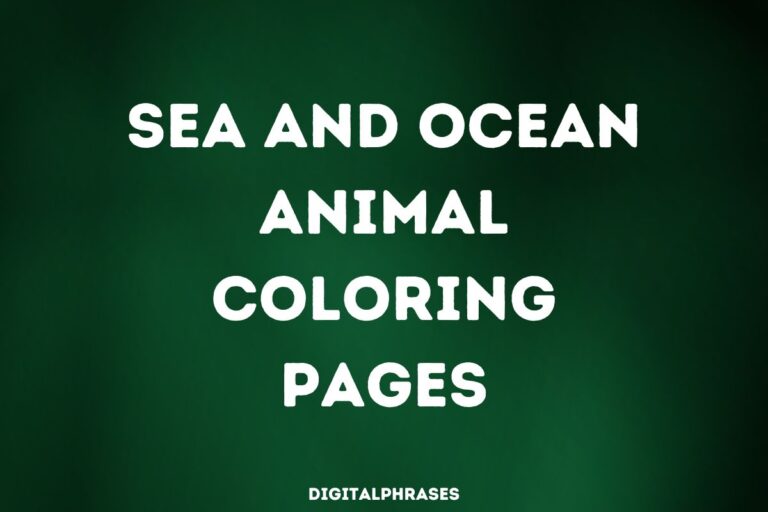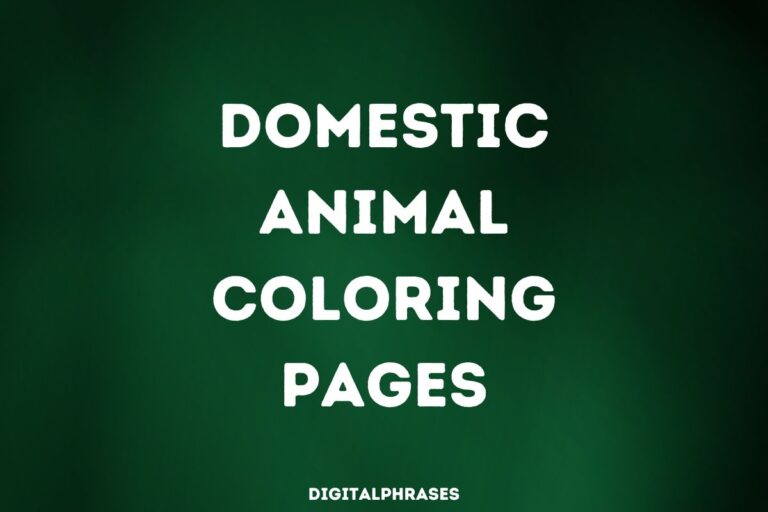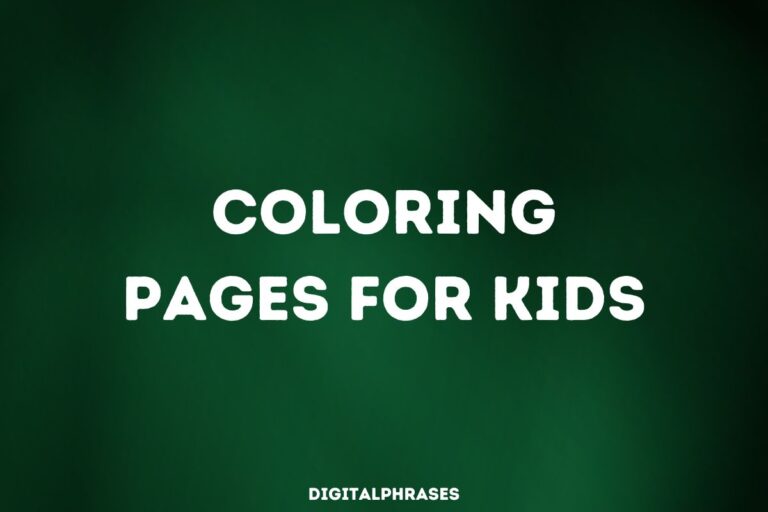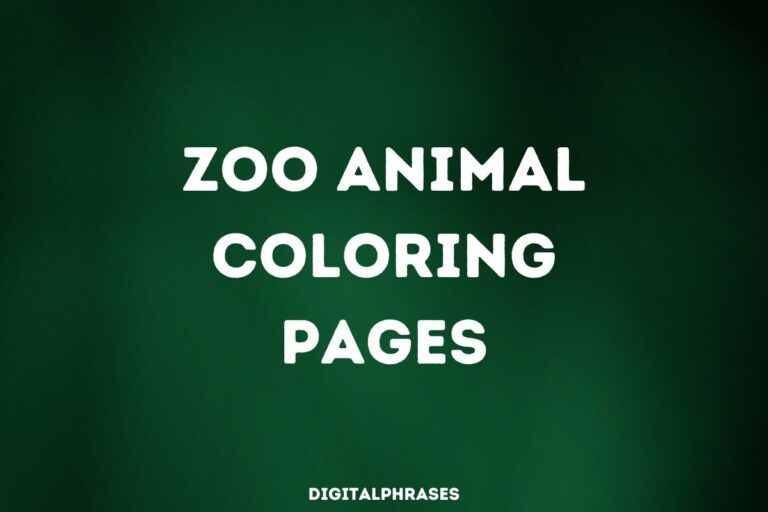24 Wild Jungle Animal Coloring Pages
If you’ve ever wanted to channel your inner artist but thought, “Hmm, what if I could color in a tiger wearing sunglasses?” then, friend, you’re in for a treat.
Welcome to this space where you will get some amazing jungle animal coloring pages—where zebras don’t need to stick to black and white, and toucans can totally rock a polka-dotted beak.
I mean, why limit your imagination when you’ve got some epic opportunities to turn the animal kingdom into your personal art studio?
These coloring pages are basically an invitation for your crayons, markers, or colored pencils to go on safari.
Let’s check these out.
Wild Jungle Animal Coloring Pages
1

2
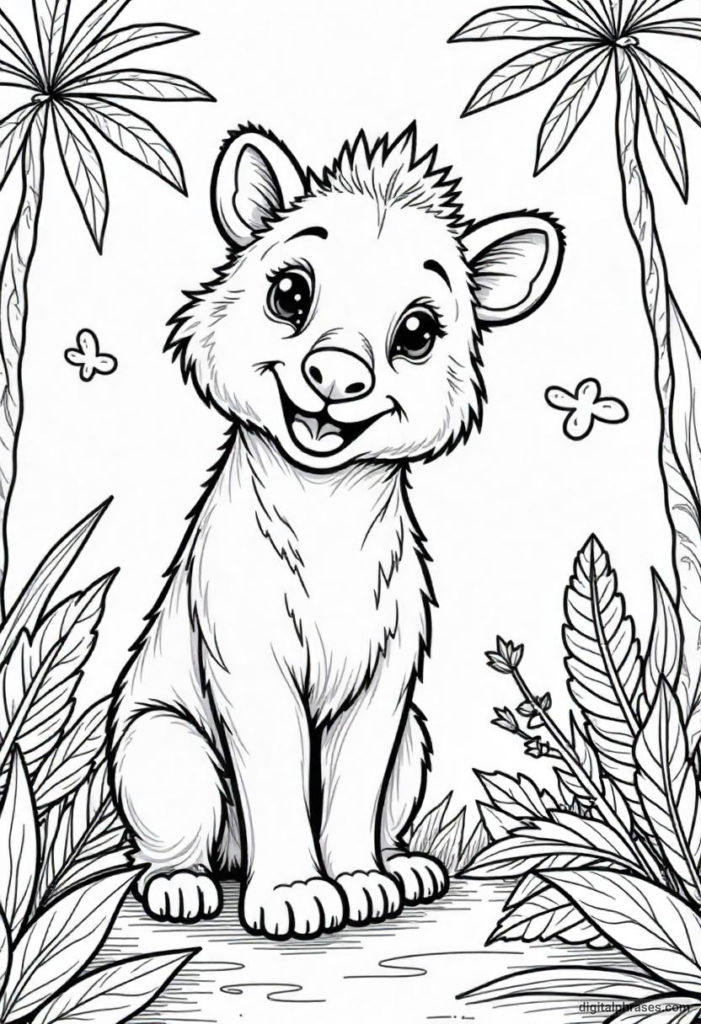
3
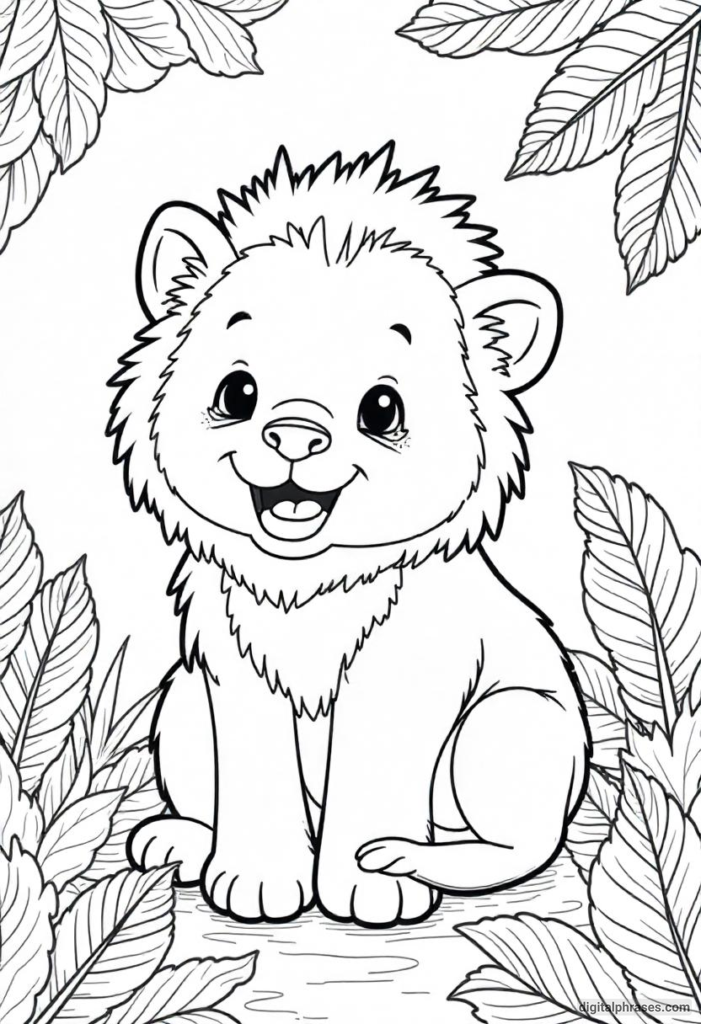
4
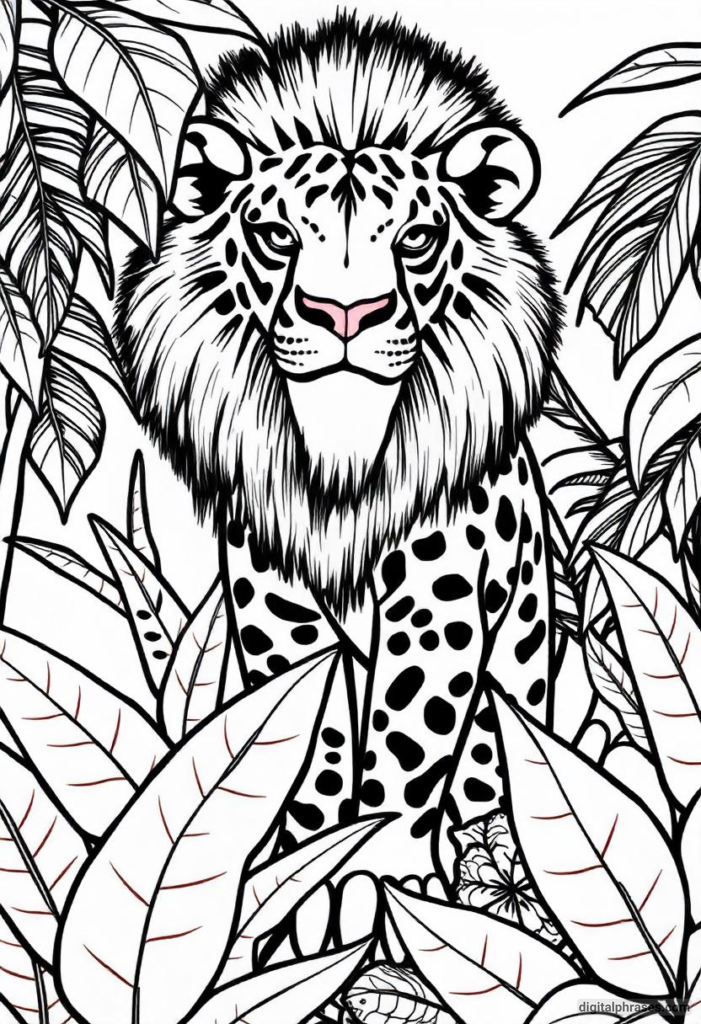
5
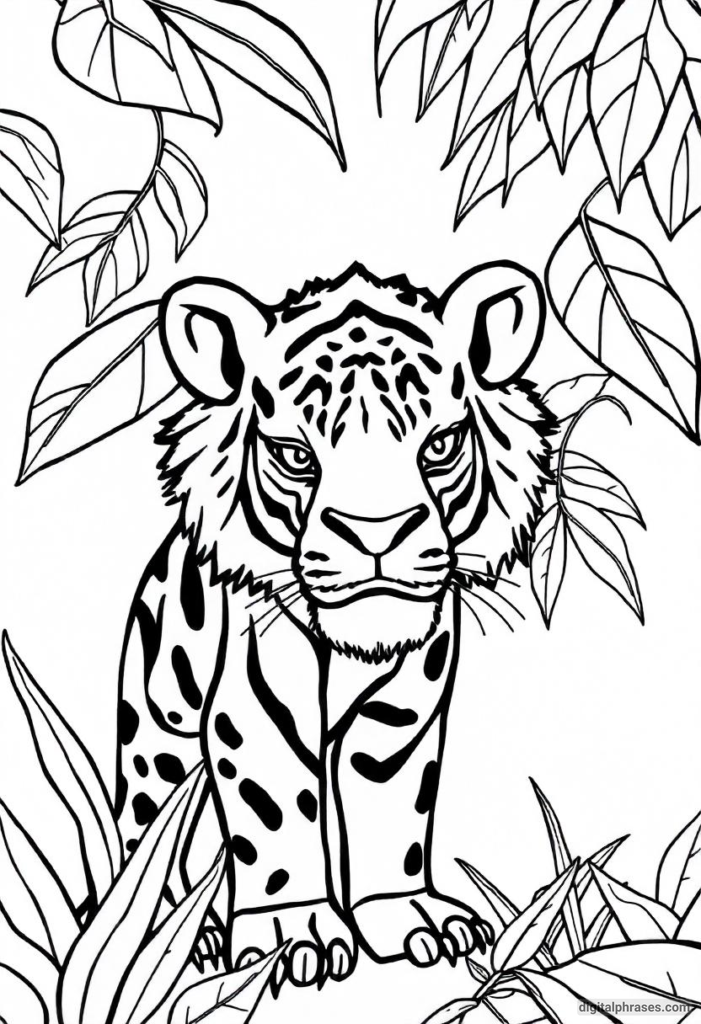
6
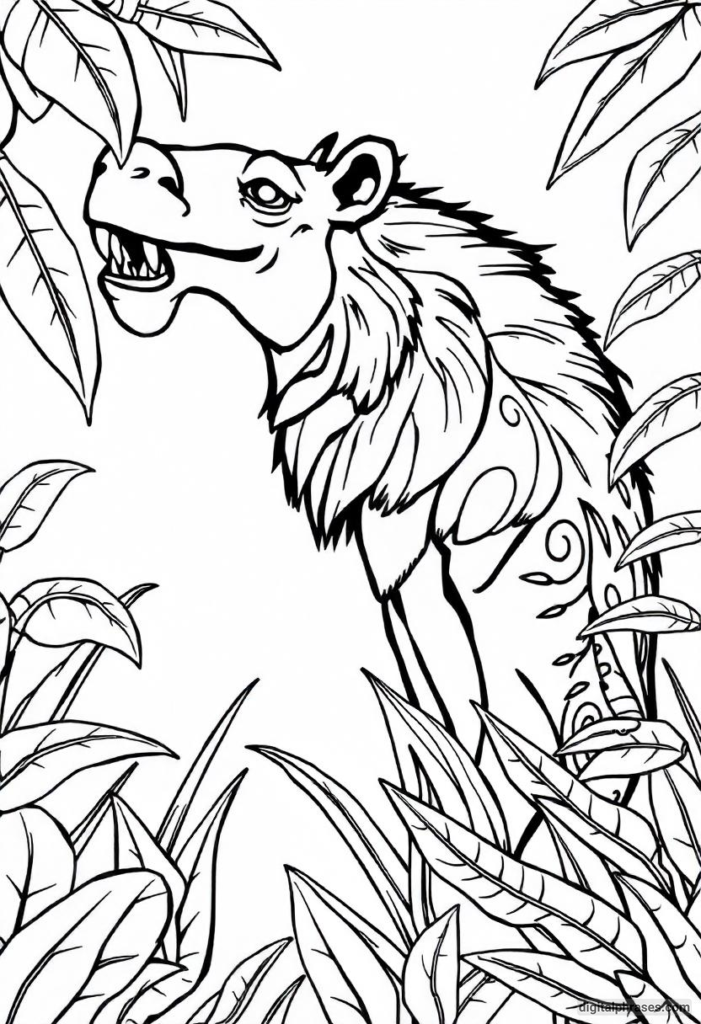
7
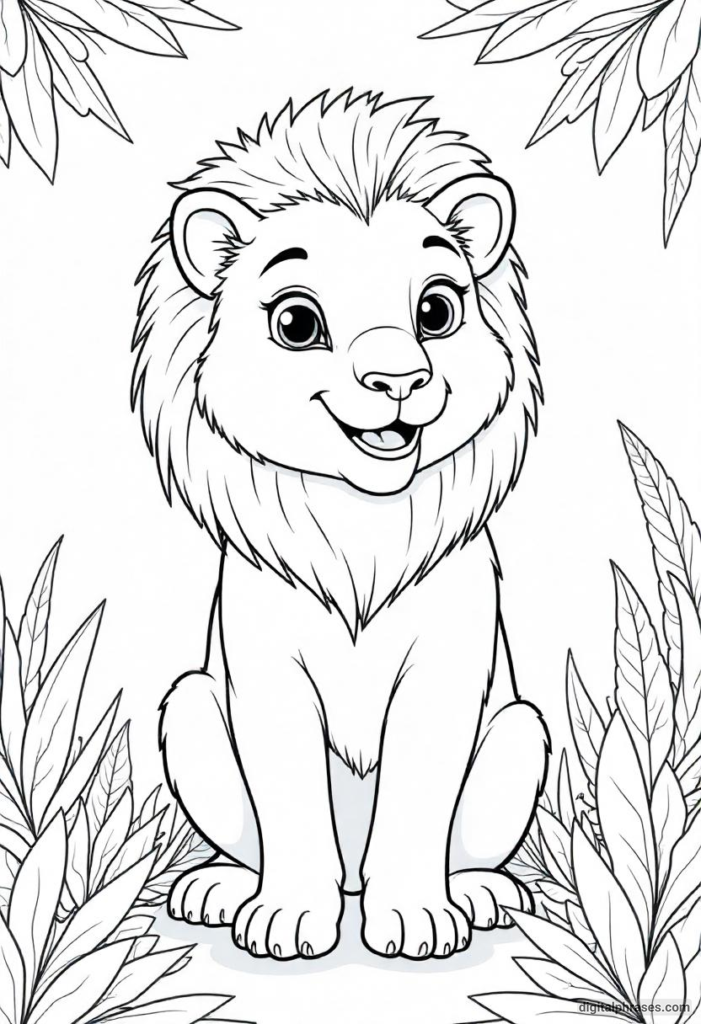
8
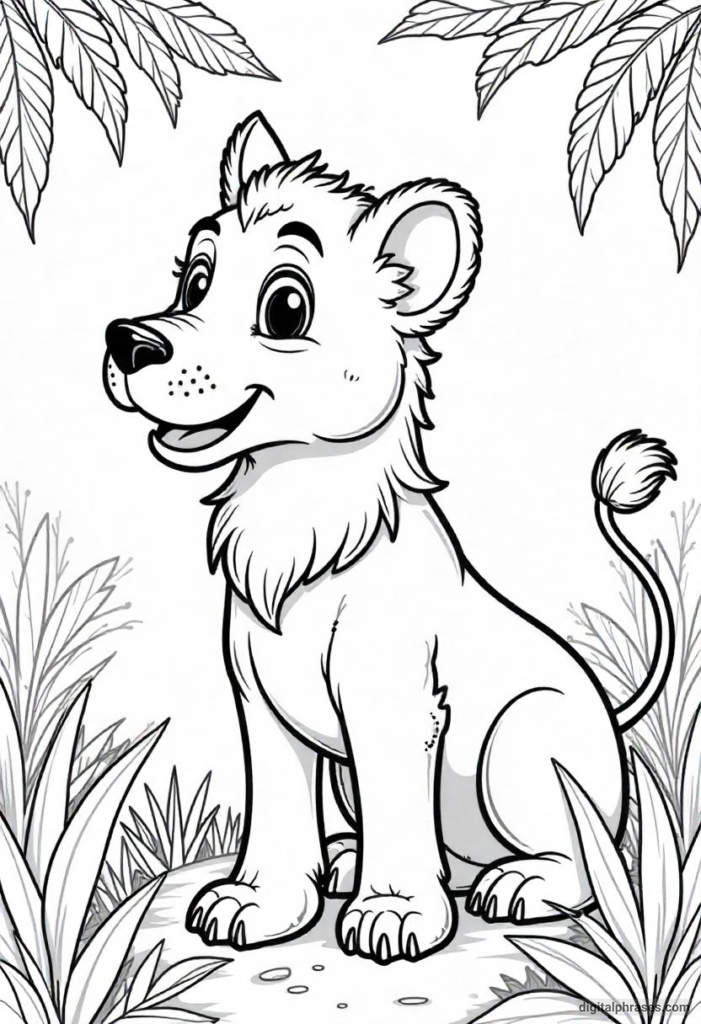
9
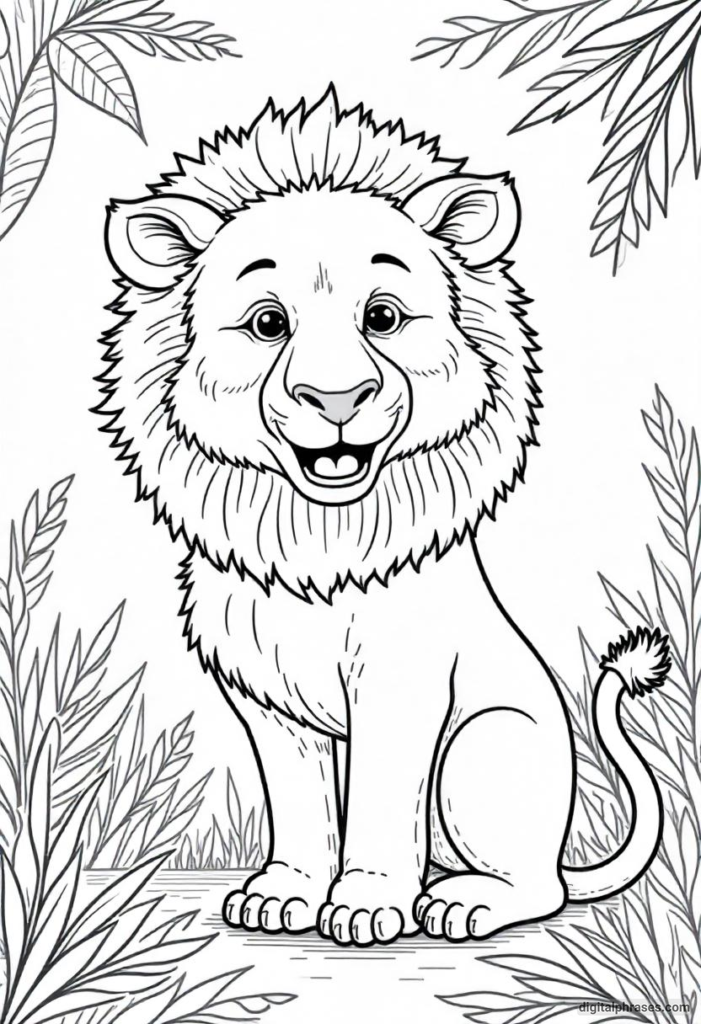
10
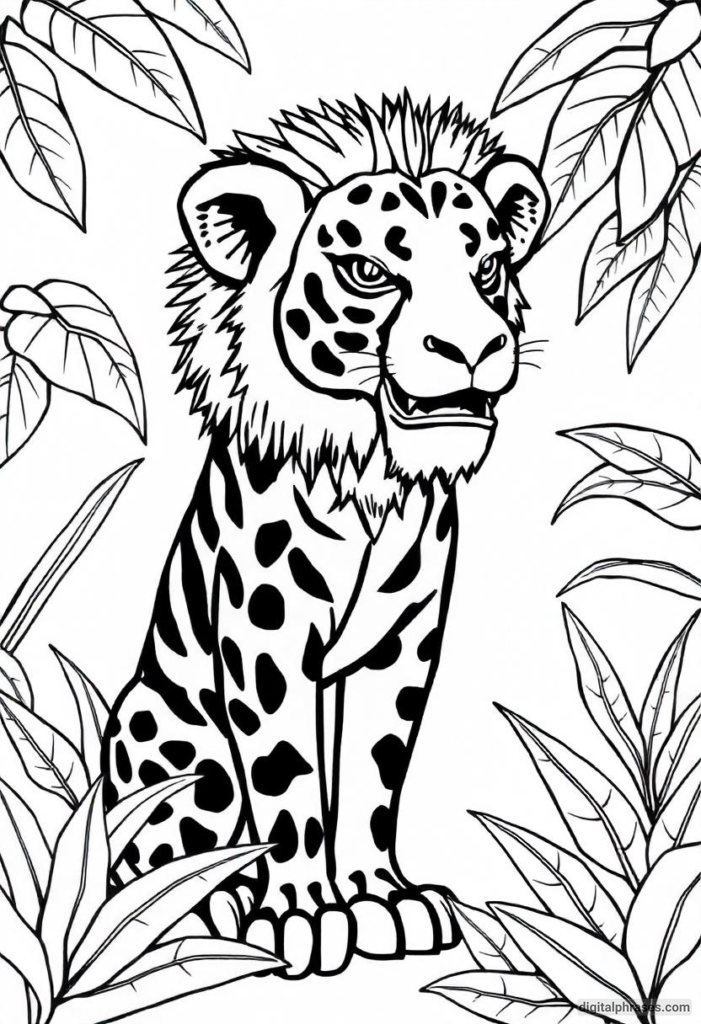
11
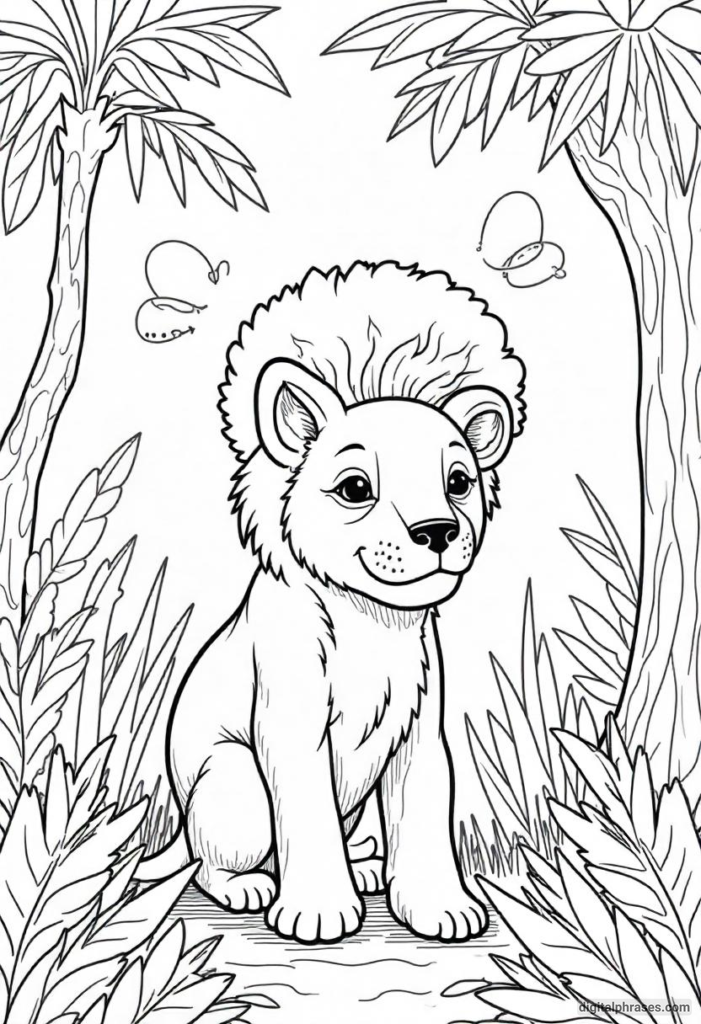
12
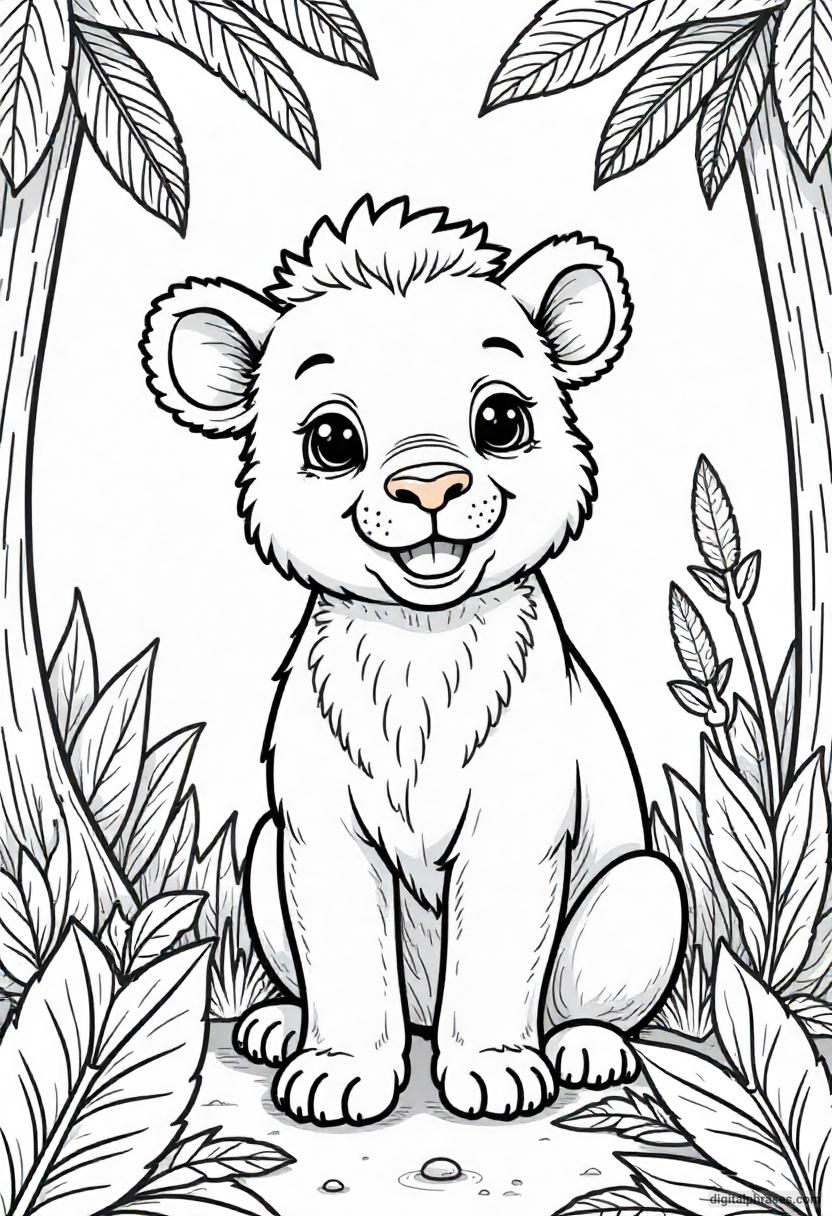
13

14
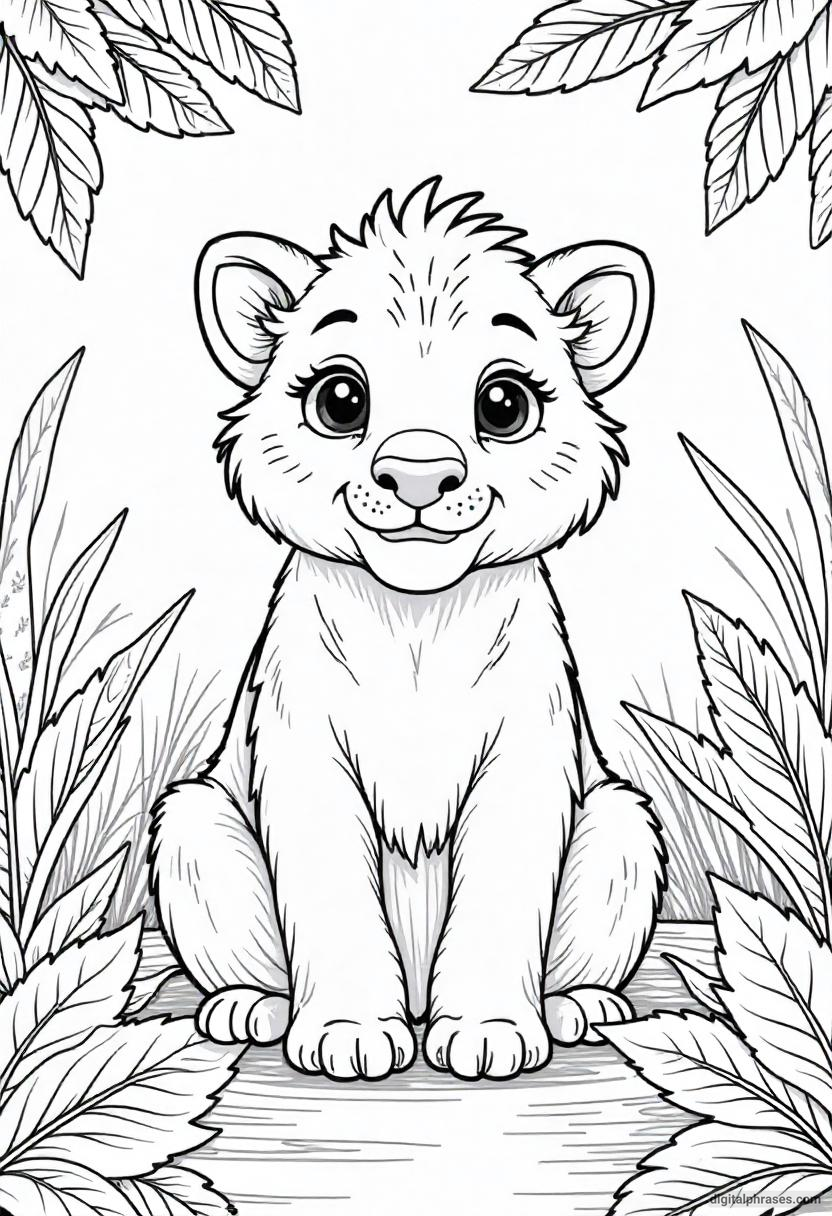
15
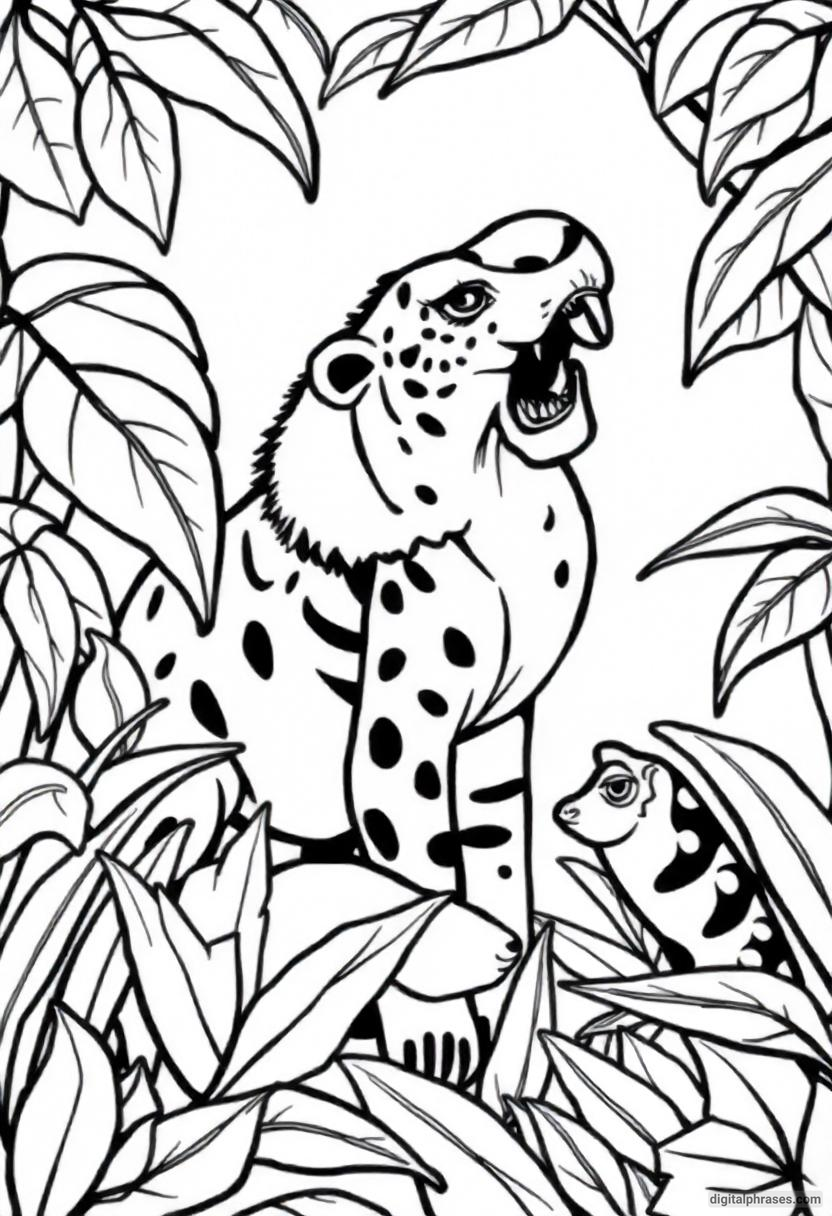
16
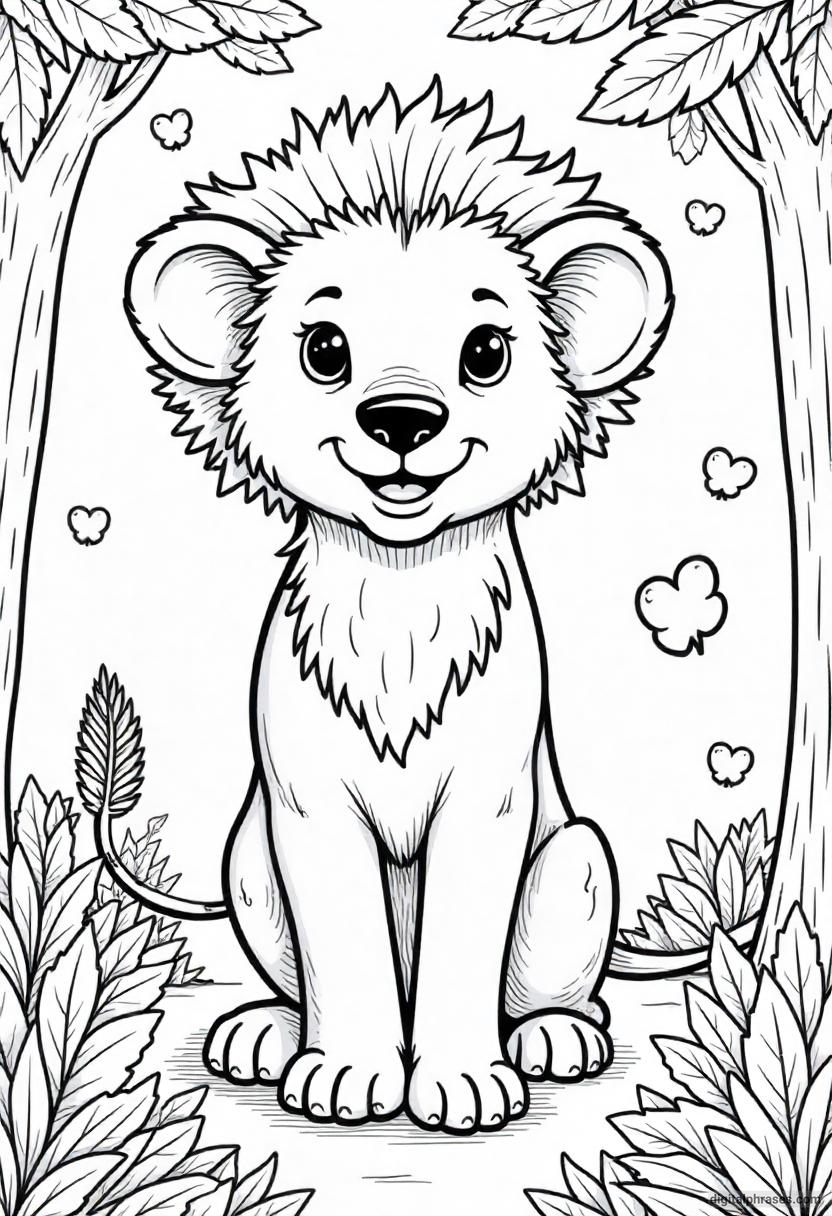
17
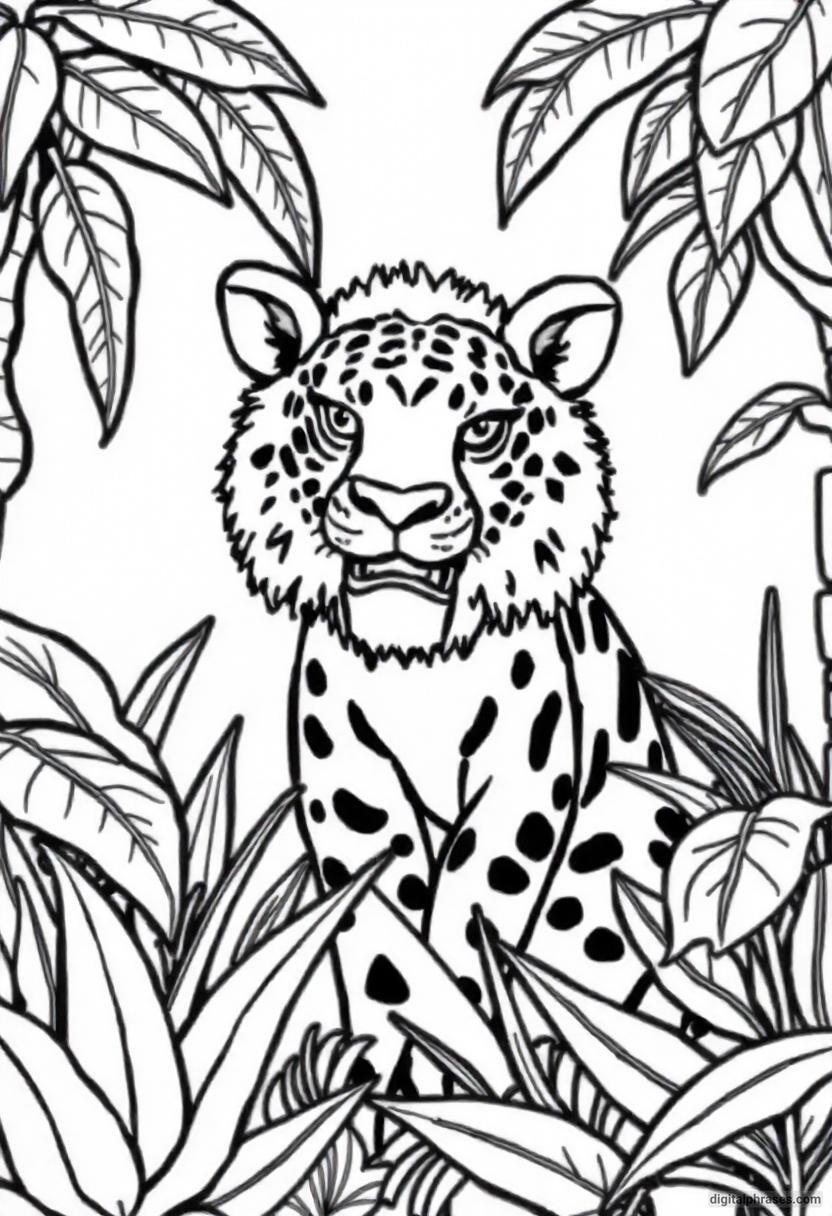
18
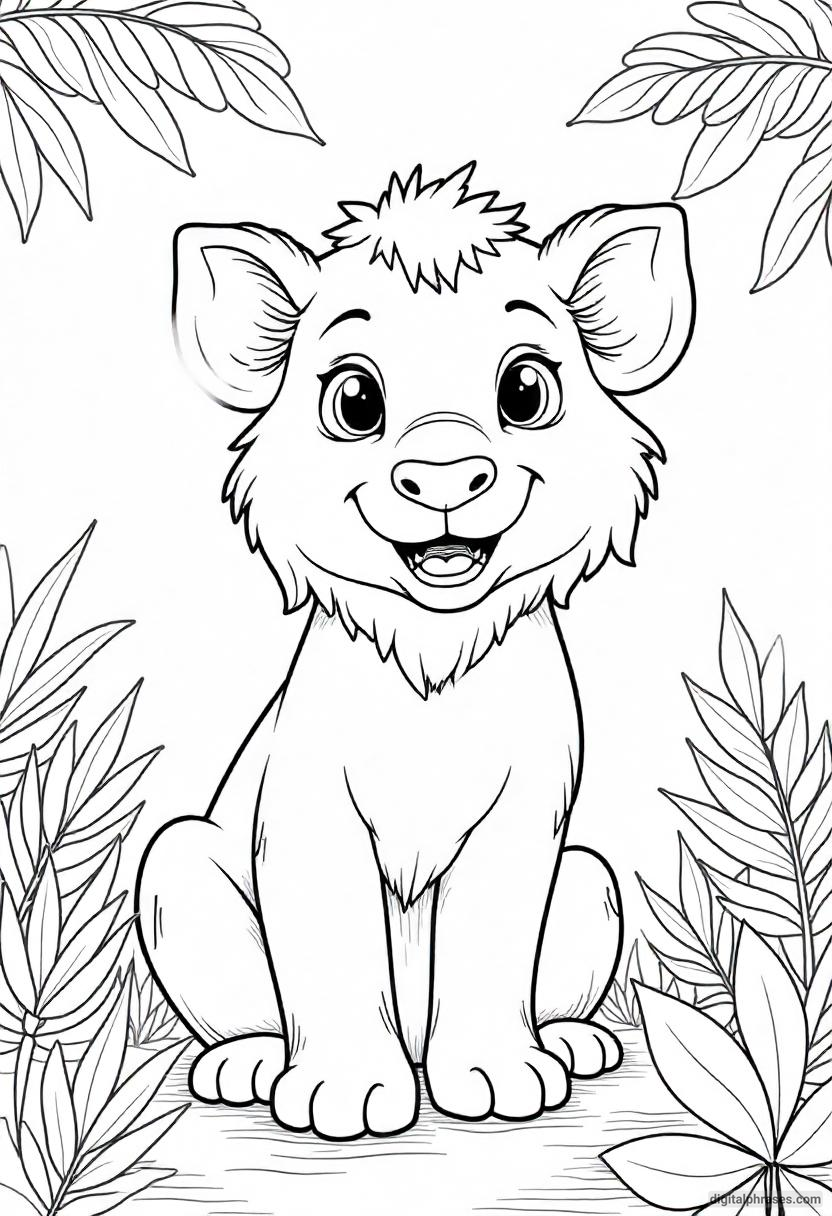
19

20
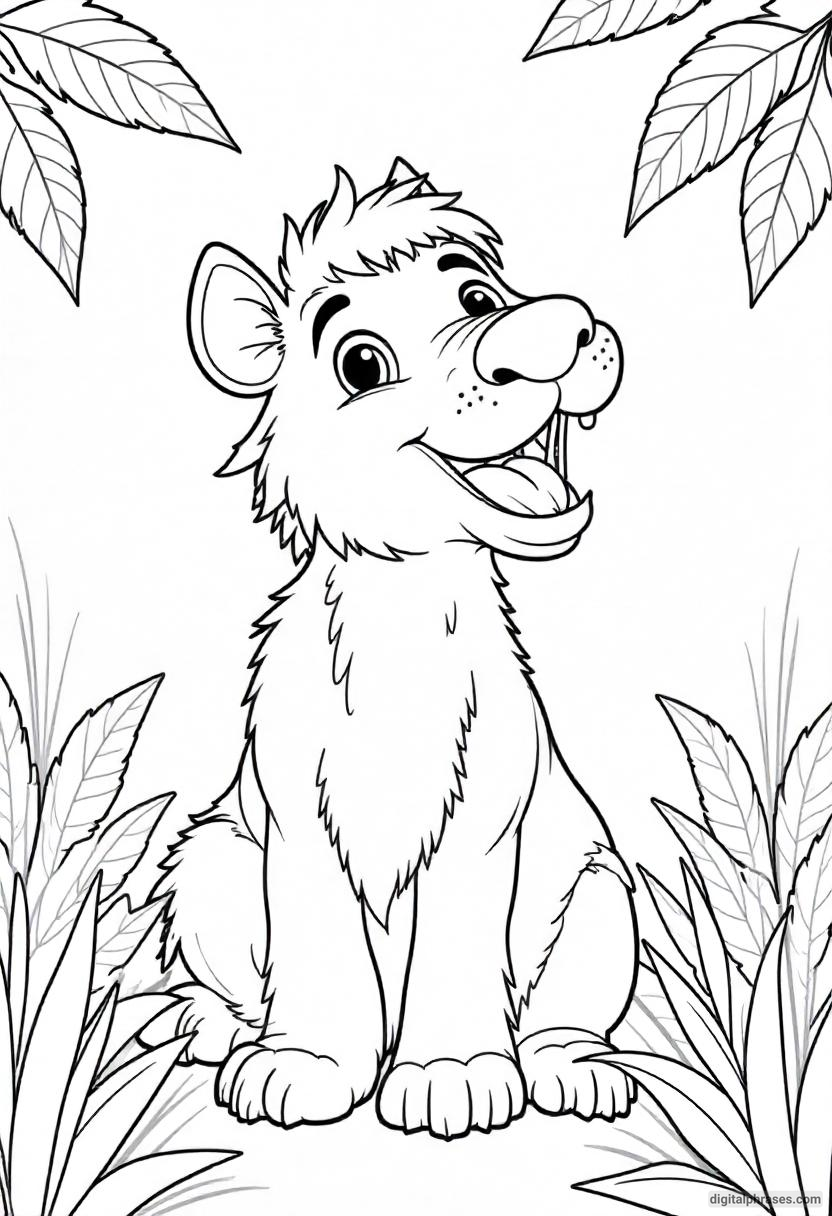
21

22
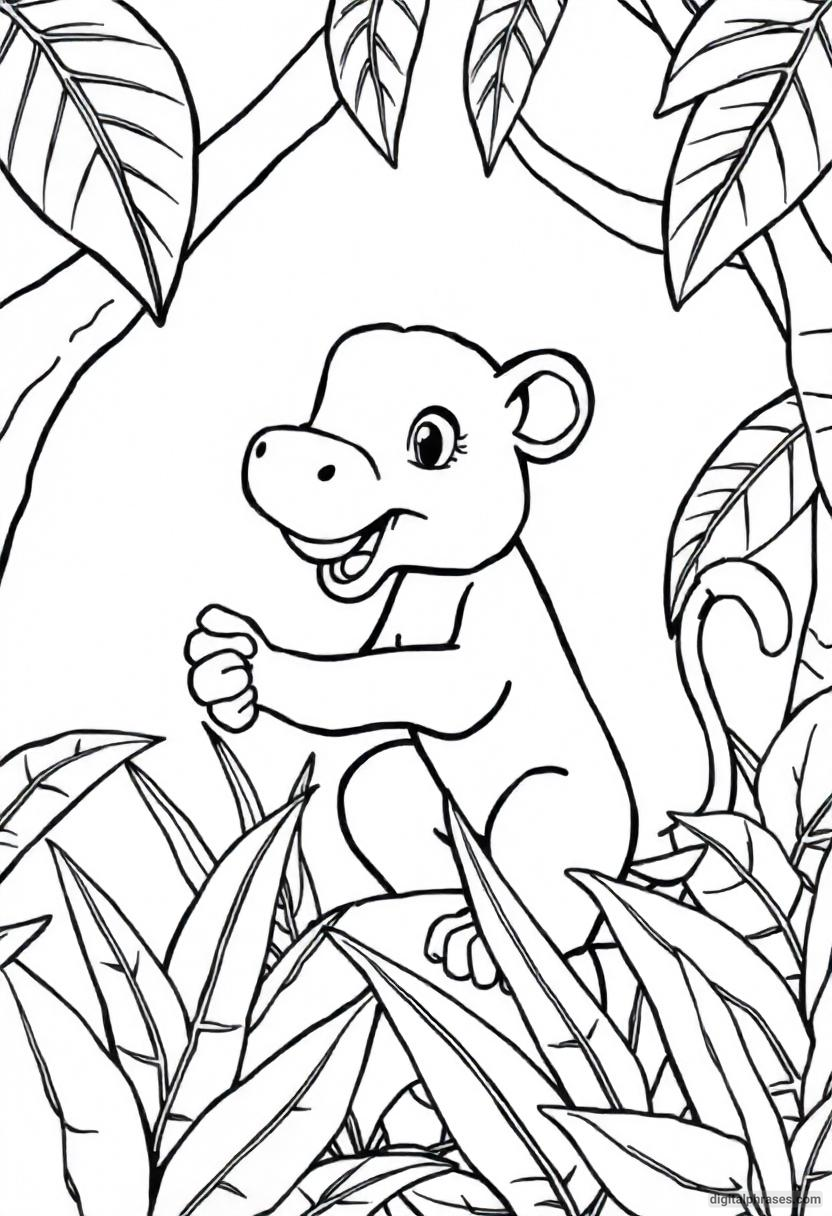
23
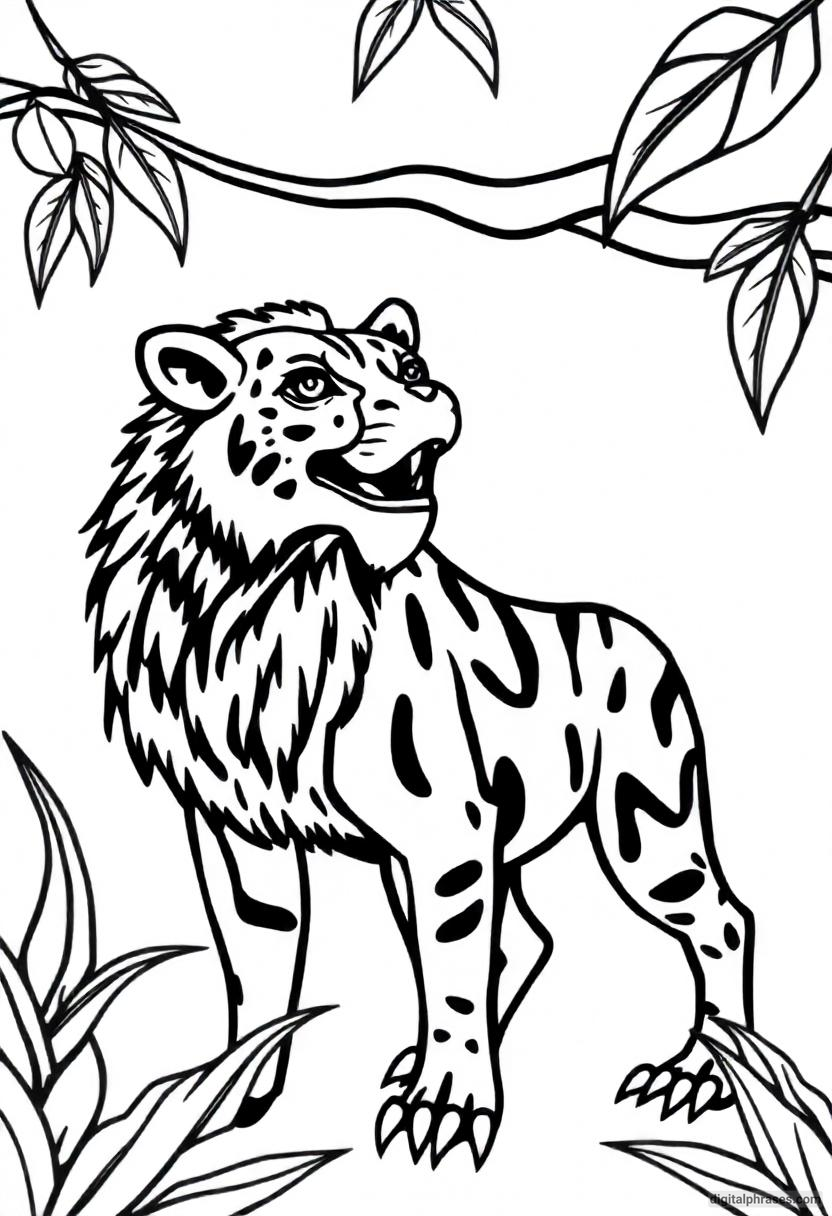
24
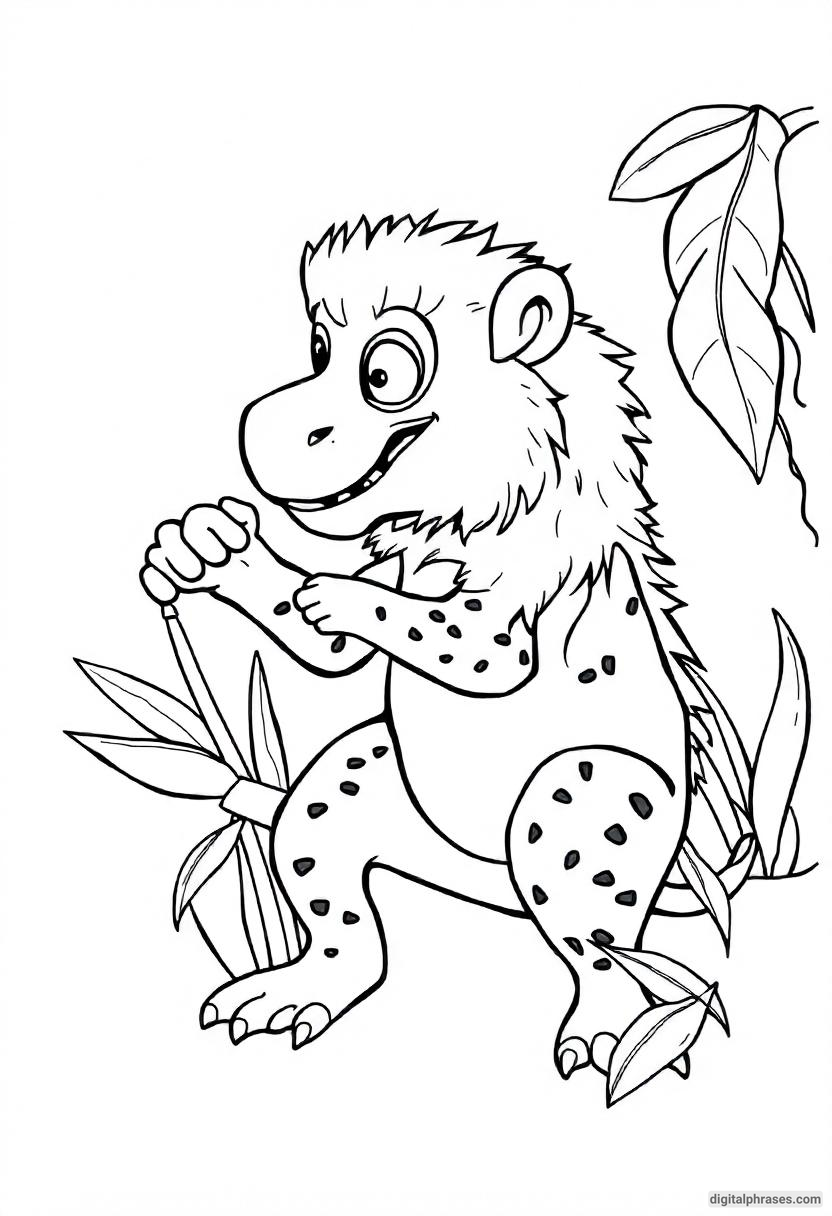
Things To Keep In Mind While Coloring These Pages
1. Stay Between the Lines (Or Don’t—But Be Prepared for Chaos)
Okay, this is a classic, right? “Stay within the lines!” We’ve all heard it. And honestly, that’s great advice… if you’re into structure and order. But let me tell you a little secret—sometimes, going outside the lines is where the magic happens.
Just know that if you go rogue, you’re committing to a full-on artistic rebellion. You can’t just make the elephant’s trunk purple and then go back to a sensible gray for the body.
Once you break free, the floodgates are open, and next thing you know, your sloth is going to be lime green with polka dots, and your toucan is giving off serious Mardi Gras vibes.
However, for those who love structure and crave the satisfaction of clean lines, a fine-tip marker or colored pencil is your best friend. You’ll get that satisfying “snap” when you perfectly fill in a small section without a single smudge.
And you can still have fun within the lines—who says a giraffe can’t wear rainbow spots?
2. Color Theory, Schm-olor Theory
Alright, color theory is a thing.
In art school, they teach you about the color wheel, complementary colors, warm vs. cool tones—you know, all the fancy stuff. But let’s be real here: Does your jungle lion really care if he’s a cool blue or a warm orange?
Probably not. In the coloring world, you are the master of the universe.
If you want to give a jaguar a pastel purple coat and a toucan that resembles a 90s tie-dye shirt, that’s your prerogative.
However, if you’re the type who likes to flex those creative muscles and give your animals some pizzazz without turning the page into a fever dream, then here’s a tip: Start with the basics.
Choose one or two colors for your animal, then throw in a complementary background shade that’ll make the whole thing pop.
You’ll feel like you’re at an art gallery in no time—except instead of critics sipping wine and squinting at your work, it’ll probably just be your cat judging you.
3. Consider the Habitat
Okay, so while you have full creative freedom, sometimes you want to nod to the fact that, you know, these are actual animals that live in actual habitats.
Like, your elephant could be pink, but what if you made him a dusty gray and then went wild with the background?
Maybe give him a sunset sky with deep oranges and purples, or surround him with jungle greens that make him pop.
That’s the beauty of these wild animal coloring pages—you can decide where to unleash your inner Van Gogh.
Plus, if you have kids, this is a great opportunity to sneak in a little learning moment. “Hey, did you know that zebras use their stripes to blend into tall grasses and confuse predators?”
You can drop that knowledge while you simultaneously color your zebra in electric blue stripes because why not?
4. Know Your Tools: Crayons, Markers, or Colored Pencils?
Here’s the eternal debate in the world of coloring: crayons, markers, or colored pencils? Each tool gives you a totally different vibe, so choose wisely—or choose chaotically and use all three, no judgment here.
- Crayons: Classic, waxy, and nostalgic. Crayons give you that satisfying “crayon smell” and take you back to simpler times when your biggest worry was who stole your red crayon. The downside? Crayons can be a bit chunky and hard to stay in the lines with, but that’s what gives them their charm.
- Markers: Bold, bright, and unapologetically loud. Markers are for the confident colorer who isn’t afraid of a little bleed-through on the page. Just be careful—you make one wrong move with a marker, and it’s game over for your white tiger. There’s no erasing a marker mistake, my friend.
- Colored Pencils: Ah, the tool of choice for the “serious” colorer. Colored pencils are precise and perfect for shading. If you want your jungle creatures to have depth and dimension, grab your colored pencils and get ready to do some fancy blending. Just be sure to sharpen those bad boys regularly, or you’ll end up coloring with a stump.
5. Pace Yourself—Rome Wasn’t Built in a Day, and Neither Was Your Rainbow Gorilla
If you’re anything like me, you might dive into a coloring page with the enthusiasm of a kid in a candy store.
But after about 20 minutes of coloring fur detail on a tiger, you’ll realize—oh no, this is going to take forever. You start questioning your life choices and wondering why you didn’t just color a nice, easy fish instead.
Here’s the thing—coloring is supposed to be relaxing.
So, take your time. You don’t have to finish your elephant masterpiece in one sitting. In fact, the longer you spend on it, the more satisfying the result will be. So, put on some tunes, make yourself a cup of tea (or something stronger, I won’t judge), and pace yourself.
Your coloring page will still be there tomorrow, I promise.
6. Don’t Forget the Background
You’ve spent all this time perfecting your monkey’s banana-yellow fur, and now you’re faced with the biggest challenge of all: the background.
You might be tempted to just leave it blank—“I’ll come back to it later,” you tell yourself, fully knowing that you won’t. But hold up, because the background is where you can really take things to the next level.
Think about it: What would make your jungle animals stand out? A bold, contrasting background color can take a simple zebra from “meh” to “wow.”
Or maybe you want to get detailed and draw in your own vines, trees, or a dramatic thunderstorm—because why not add a little flair to the scene? The background is your chance to set the stage, so don’t leave it hanging!
7. Embrace the Imperfections
Look, I’m going to be honest with you. No matter how hard you try, that gorilla might end up looking a little deranged, and your jaguar’s spots may be less “fierce predator” and more “overcooked pancake.” But that’s okay! Coloring isn’t about perfection.
It’s about having fun, relaxing, and letting your creativity flow. So, if your elephant ends up looking like it has two left feet, just roll with it. The jungle’s a weird place—your animal creations will fit right in.
In the end, the most important thing to remember while coloring these wild jungle animal pages is that there are no rules.
Whether you’re coloring for stress relief, to pass the time, or because you want to create an entire zoo that could never exist in real life, you’re doing it right.
So grab your colors, go wild (literally), and remember—if your sloth looks like it’s been dipped in a vat of glitter, you’ve succeeded.


